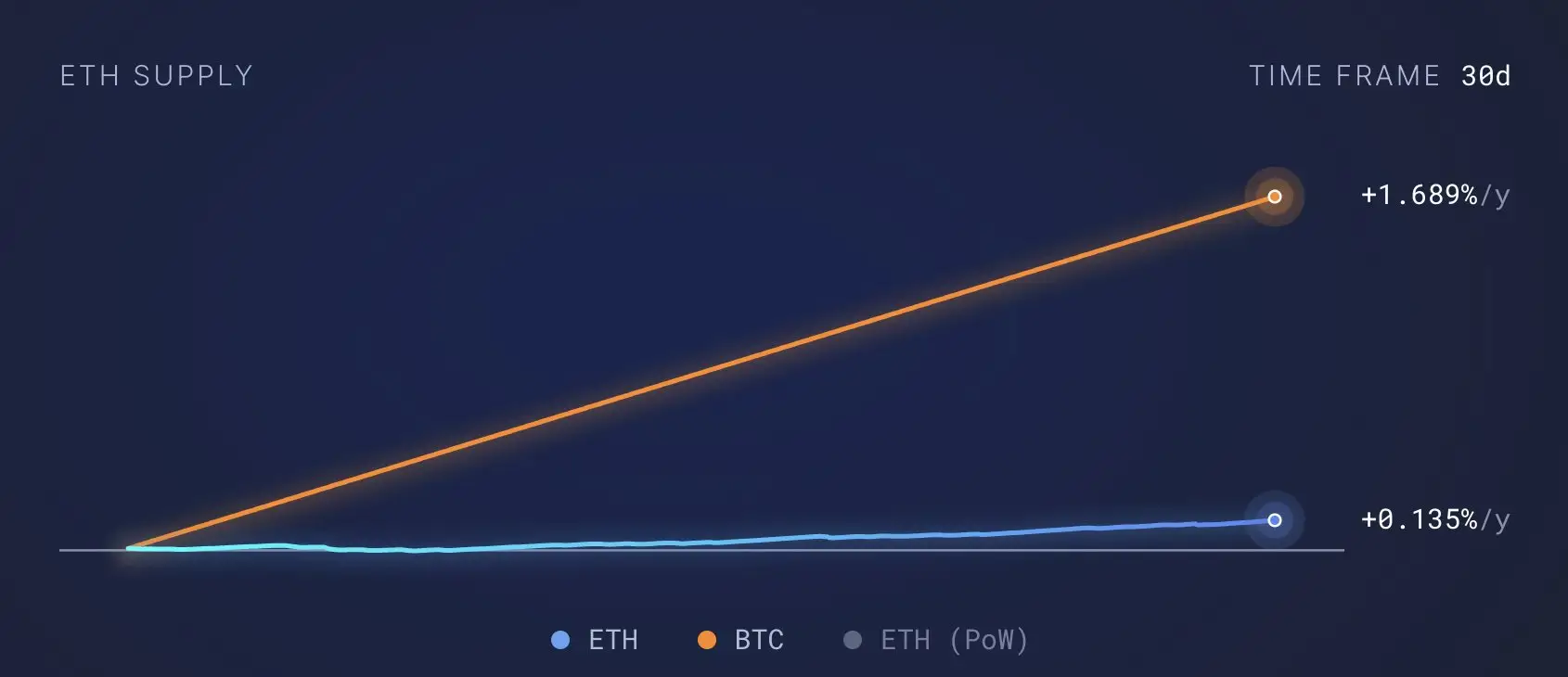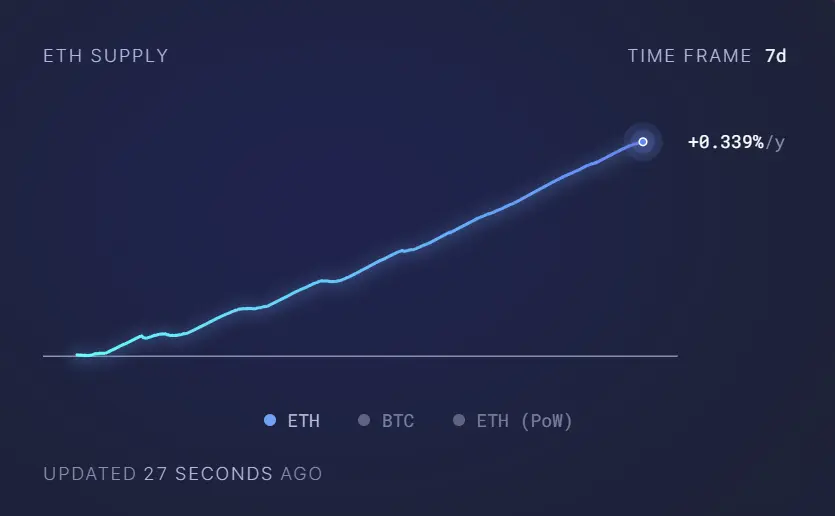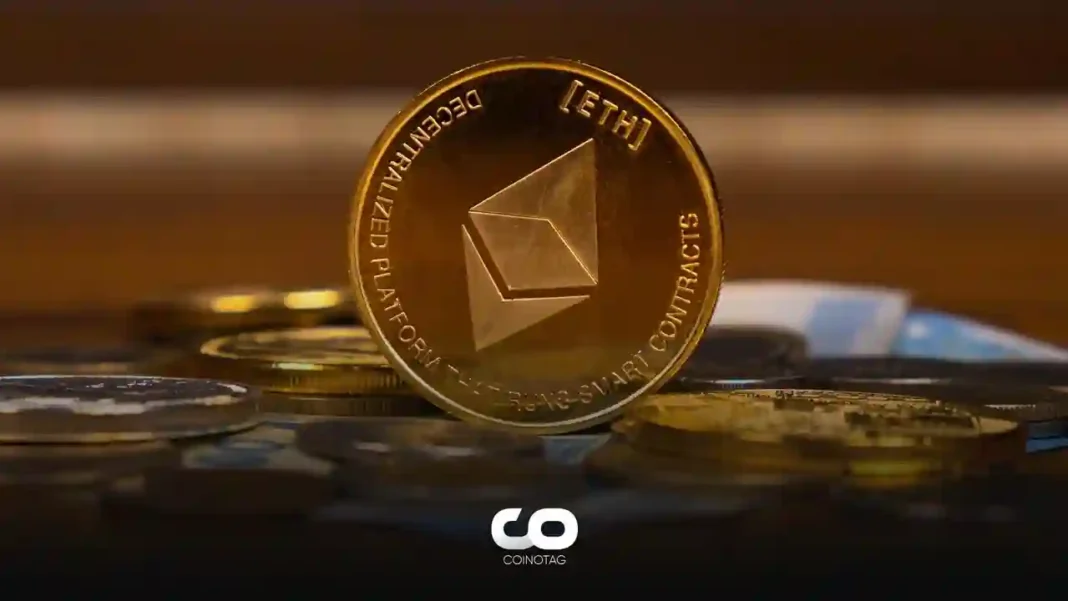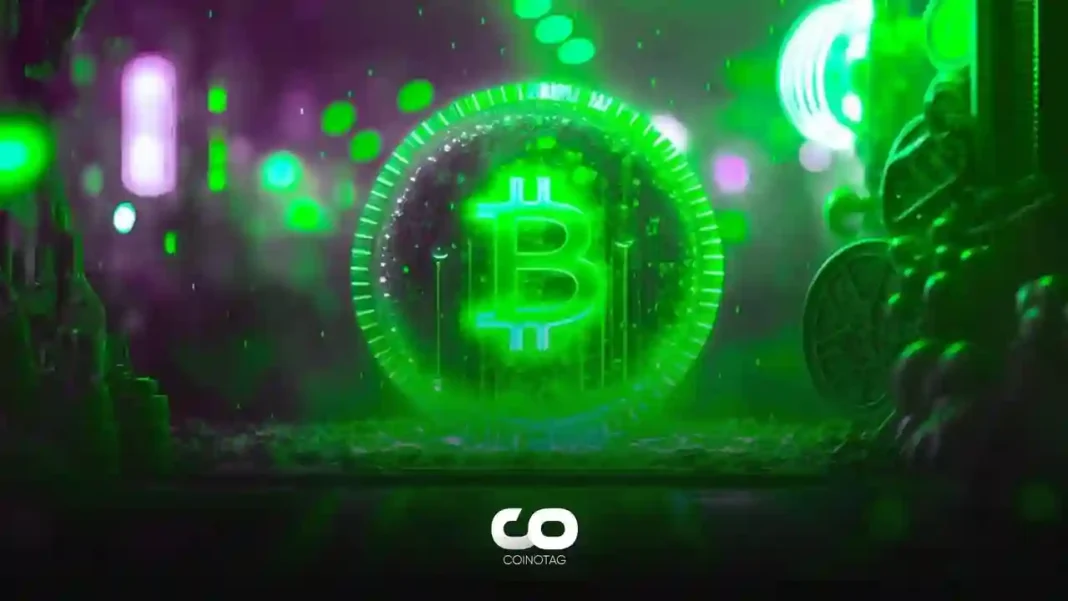- Global ETH supply surges, despite predictions of Ethereum becoming “ultrasound money.”
- Reduced transaction activity, including NFT and DeFi trades, drive up ETH circulation.
- Ethereum core developers remain unshaken, emphasizing the insignificance in the broader picture.
With a 30,000 ETH boost in just a month, Ethereum’s touted transition to a deflationary model faces unexpected inflationary pressures, questioning its long-term financial viability.
The Unexpected Rise in Ethereum Supply
Is Ethereum becoming inflationary again? Yes, it is, and that’s because Ethereum fees, which are supposed to burn ethers, are everywhere but not on Ethereum: its own L2s (Arbitrum, Polygon, etc.) and EVM competitors (BNB, Avalanche C, etc.) Limiting L1 dooms cryptocurrencies.

Following Ethereum’s monumental transition from proof of work to proof of stake in the previous September, which saw a 90% reduction in ETH issuance, many enthusiasts projected ETH as a deflationary asset. Contrary to expectations, recent data from ultrasound.money indicates a surge in the global ETH supply by nearly 30,000 ETH, equivalent to approximately $47.9 million. This surge is attributed mainly to a decrease in transaction flow on the Ethereum network, characterized by a dip in NFT trades and DeFi activity.
Implications of the Fee-Burning Mechanism

The critical problem with Ethereum is that its future supply is unknown, unpredictable, and potentially inflationary. For Ethereum to be deflationary, tx fees must be high which means it must fail to scale and tx volume must not move to other crypto securities like Solana.
Since 2021, Ethereum’s operational dynamics have hinged on a fee-burning mechanism. This mechanism ensures that as traffic on the network intensifies, leading to rising gas prices essential for on-chain transactions, more ETH gets “burned” or permanently excised from circulation. Recent trends, however, show a significant decline in Ethereum gas fees, dropping to an average of just $0.24 for network transactions. Such low gas fees, while beneficial for users, result in lesser ETH being burned, leading to an increase in its global supply.
Reactions from the Ethereum Development Community
Despite the growing concerns among crypto enthusiasts and investors regarding Ethereum’s inflationary trend, the core Ethereum development team seems largely undisturbed. Micah Zoltu, an Ethereum core developer, recently shared his perspective, stating that the inflationary trend is “insignificant” in the bigger scheme. Echoing this sentiment, Danno Ferrin, another core developer, emphasized that the current ETH supply is still below its all-time high and that its short-term inflation remains relatively low compared to other chains and the broader economy.
Global Inflationary Trends and Cryptocurrencies
Inflation has become a global concern. The United States recently experienced its sharpest year-over-year price increase since 1981. The U.S. Federal Reserve, responding to these inflationary pressures, has been steadily raising interest rates, subsequently impacting the values of major cryptocurrencies, including Bitcoin and Ethereum. Given this broader economic context, Ethereum’s current inflationary trend might be less alarming than it appears at first glance.
Conclusion
The recent surge in Ethereum’s supply, juxtaposed against its intended deflationary transition, poses intriguing questions about its future as a financial asset. While the immediate implications suggest an inflationary trend, perspectives from core developers and the global economic landscape provide a more nuanced view. As the world of cryptocurrencies continues to evolve, it remains essential for investors and enthusiasts to keep abreast of such developments, ensuring informed decision-making in an ever-fluid market.






